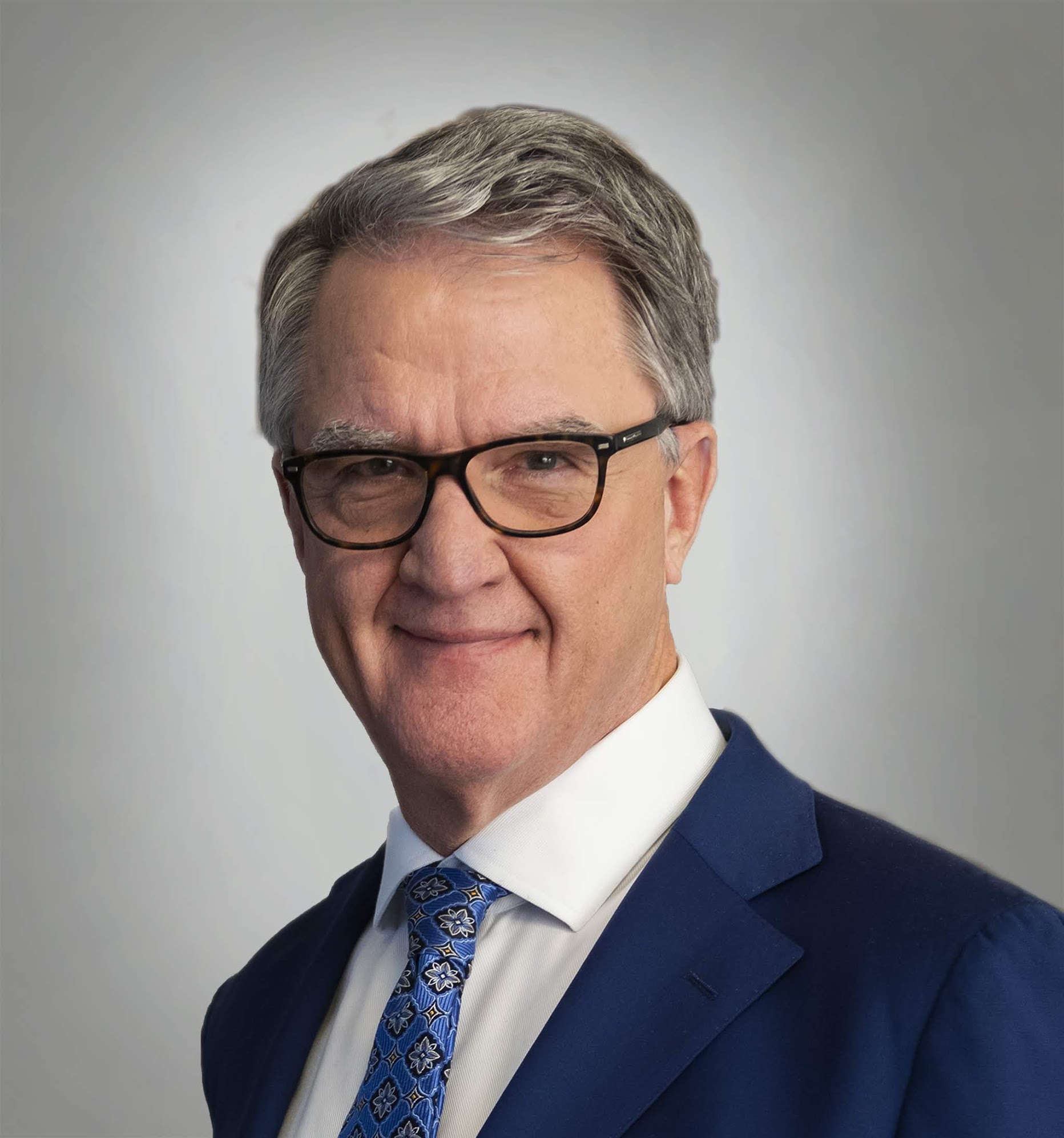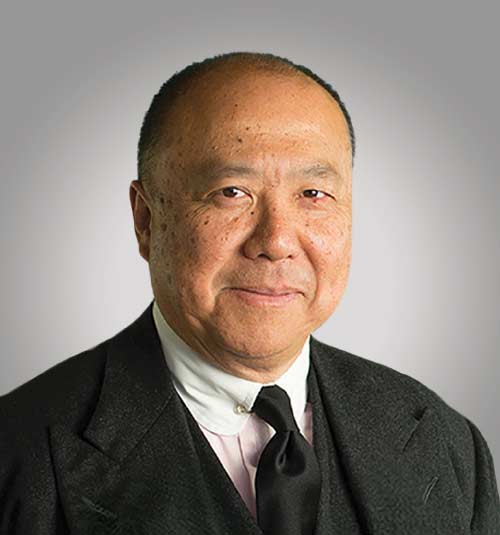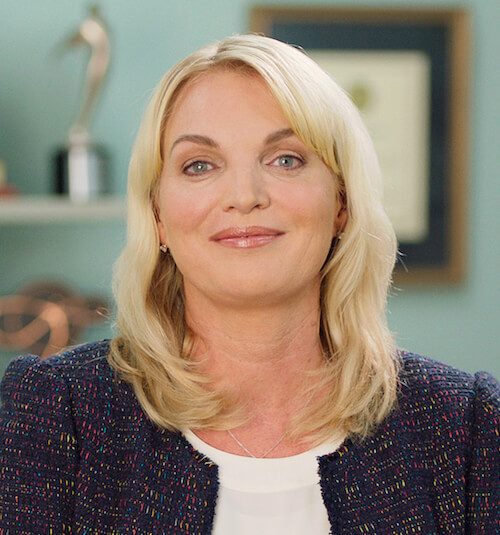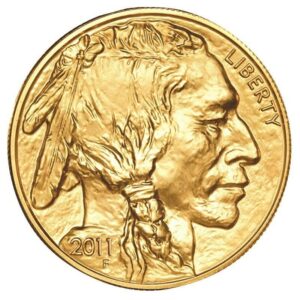Executive Insights
Read valuable and timely articles from our executive team of experts to further your precious metals and coin knowledge.
Our Executive Authors
Philip Diehl
President
Philip N. Diehl is the president of U.S. Money Reserve and a published analyst of the precious metals markets. As 35th Director of the U.S. Mint (1994–2000), Diehl oversaw one of the most impressive government agency turnarounds in recent U.S. history through new product initiatives, increased oversight, strategic reorganization, and fiscal responsibility. His experience and expert knowledge in the field of precious metals strengthens U.S. Money Reserve’s commitment to a superior customer experience.
Edmund C. Moy
Senior IRA Strategist
Edmund C. Moy collaborates with U.S. Money Reserve as Senior IRA Strategist. A recipient of the Alexander Hamilton Medal for public service, awarded to him by then-Treasury Secretary Henry M. Paulson, Jr., Moy served as the 38th Director of the United States Mint (2006–2011). Among many accomplishments during his tenure, Moy oversaw one of the largest increases in volume of precious metals output in Mint history, as Americans turned to safe-haven assets in the wake of the Great Recession.
Angela Roberts
CEO
Chief Executive Officer Angela Roberts joined U.S. Money Reserve in 2003. Roberts has held numerous positions within the organization, culminating in her promotion to CEO in 2015. She is credited with creating the analytic and KPI structure at U.S. Money Reserve. Believing strongly that the people make the business, Roberts has positioned U.S. Money Reserve to be a trusted precious metal leader that always puts their customers and employees first. Learn more in her interview with Forbes.
John Rothans
Master Numismatist
Chief Procurement Officer and Master Numismatist John Rothans has been a key fixture in the numismatic industry for over 30 years. Rothans joined U.S. Money Reserve as a consultant in 2004, eventually becoming Chief Procurement Officer and overseeing all wholesale operations, new product lines, and coin strategy. Rothans is credited with the development, production, and distribution of proprietary product offerings, including U.S. Money Reserve’s best-selling Pearl Harbor and Iwo Jima coin series.
Brad Chastain
Director of Education
Brad Chastain joined U.S. Money Reserve as Director of Education after spending 18 years at Vanguard, one of the world’s largest and most respected investment firms. As a leader in Vanguard’s employee plan retirement education business, Chastain managed a team of specialists and was responsible for helping hundreds of thousands of clients plan and prepare for retirement. He and his team provided in-depth training and education on a variety of financial topics ranging from investments, diversification and risk management, to Social Security, Medicare and College Savings Plans. An in-demand speaker and recognized industry thought leader in the areas of retirement planning and wealth management education, Chastain is dedicated to helping U.S. Money Reserve clients reach their financial goals and build more secure futures with precious metals.
Recent Articles

The Inside Story of the Sacagawea Dollar, Part II
Read Part 1 The story of the Sacagawea dollar is relevant, today, not just because it’s an interesting piece of our history, but also because it’s a window into how Washington, D.C. works — and doesn't work. I’ve been around politics and government much of my career, in senior positions in the U.S. Senate, the Treasury Department,...
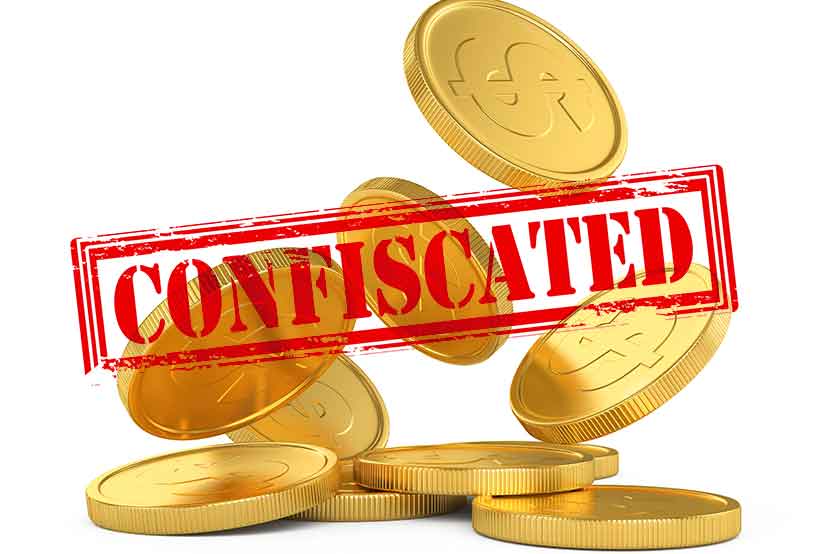
Did FDR confiscate Americans’ gold in 1933?
My recent post on Fort Knox and Coin Week article continue to generate quite a few questions. Here’s one that inspired me to do a little research: Q: Is it true that the gold that was confiscated from American citizens by FDR’s government is stored at Fort Knox? Before I answer this question, let’s first look at President Franklin D....

Fort Knox follow-up: Why does the U.S. government keep gold reserves?
My recent post on Fort Knox and Coin Week article about Fort Knox generated quite a few questions. I'll answer a couple of the most interesting questions here on the blog. Q: Since we are no longer on the gold standard and like you said, Fort Knox houses such a small percentage of the world's gold why do we keep any gold at all?...
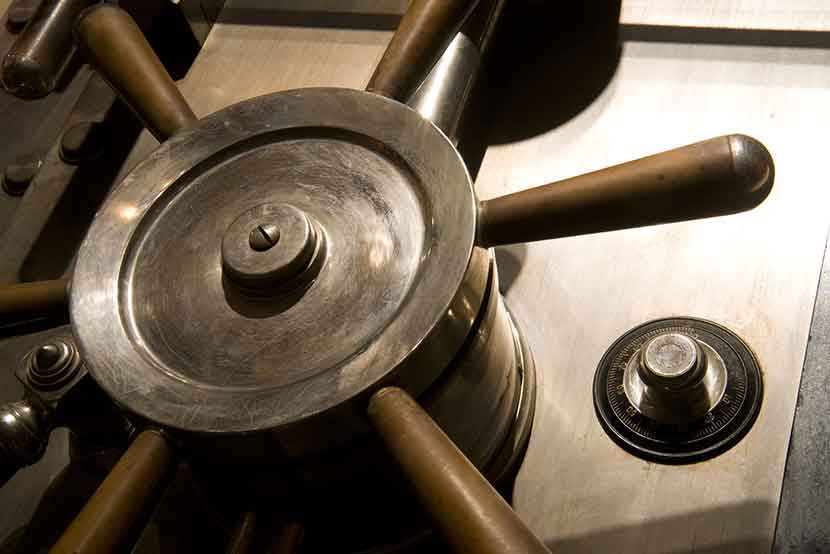
Inside Fort Knox: gold or no gold
The public image of the United States Bullion Depository at Fort Knox, Kentucky, was cemented in the 1964 movie Goldfinger. The four-story vaults of shining chrome bar-encased gold, suspended staircases and vast interior are now classic Hollywood images of what our imaginations want Fort Knox to look like. The reality is very different....

The Inside Story of the Sacagawea Dollar
This post begins a series in which I give readers an insider’s view of how Washington, DC, works (and doesn’t work) from my perspective as director of the U.S. Mint. The complete story of how the Sacagawea dollar (aka, the Golden dollar) came to be has never been told, and the accounts that have been published get many of the details...

Gold: Insurance that keeps on giving
This is the second in a series of posts making the "Main Street" case for gold. Read Part I I described in my last post how gold’s core value proposition is as wealth insurance. Here I’ll address why understanding gold as wealth insurance, rather than as just another investment vehicle, is crucial to understanding why gold should be a...
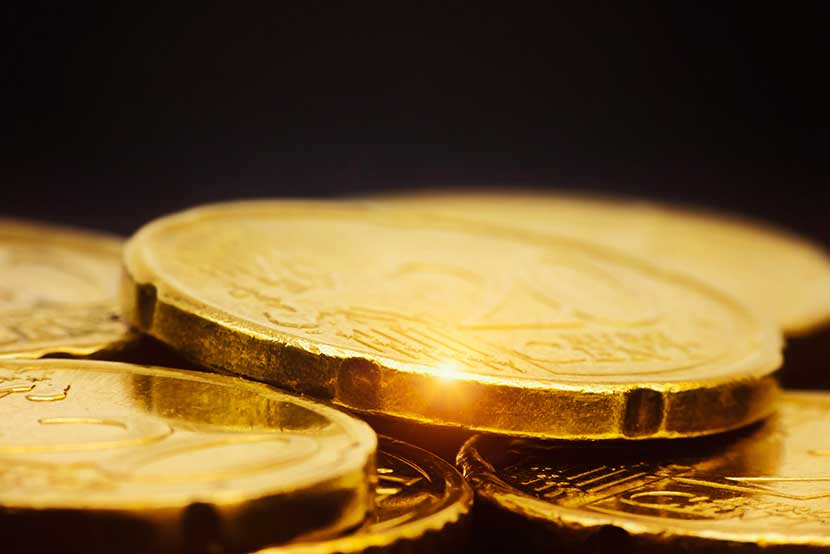
Gold — not just for gloom and doom anymore
Coin Week has invited me to write articles about the Mint from an insider’s point of view, and I have some stories to tell that give a flavor for what it’s like to work in Washington, DC. Coin Week has also encouraged me to make what I call a Main Street case for investing in gold, by which I mean a case more relevant to traditional...

Debt Limit Resolution: As the Dust Settles
So, nothing seems to have changed as a result of the budget and debt crisis. We simply kicked the can into next year. While the GOP took a good deal of self-inflicted damage in the standoff, this was not a victory for Democrats in terms of achieving any of their budget objectives. The deep budget cuts under sequestration remain in place and will deepen with more cuts in January. All is as it was before. But at a deeper level, there are, in fact, two significant consequences of this fiasco, having to do with the impact on the GOP and on markets in general.

Gold and the Debt Crisis
In the weeks leading up to the debt crisis in 2011, gold rose $400 an ounce to hit its nominal all-time peak of $1,895. The 2011 debt crisis was the one in which we came so close to defaulting on our debts that rating agencies downgraded the nation’s credit score. But it was good for gold. As the crisis approached, gold rose spectacularly. After the crisis was resolved, it fell dramatically but retained a portion of the gain. Can we expect a similar pattern as the current debt limit standoff progresses?

Wall Street Waits on Washington
An edited version of this post appeared on Institutional Investor's Unconventional Wisdom blog. Three questions pending in Washington are poised to roil markets: When will the Federal Reserve taper quantitative easing? When will the government shutdown end? and Will Congress fail to raise the debt limit? How these issues play out is...

China and Gold
An edited version of this post appeared in the print version of The Wall Street Journal Asia and the U.S. edition of WSJ.com.

Inflation, the Dollar, and the Deficit: Three Things I Bet You Didn’t Know
Misconceptions about inflation, the falling dollar, and the relentless rise in federal budget deficits are skewing gold advocates' arguments; however, a strong case can be made for the metal without resorting to these misconceptions.
Find hundreds of reports, articles, videos, and other useful tools to help you become a more educated precious metals owner.
Access Now
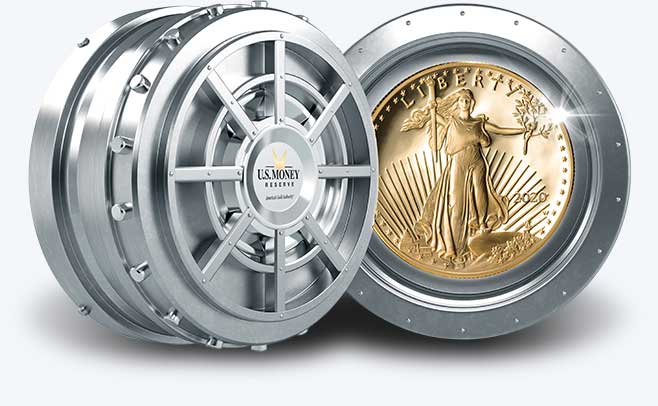
Stay up to date and get the latest news and updates impacting the gold and silver markets and precious metals industry.
Learn More


